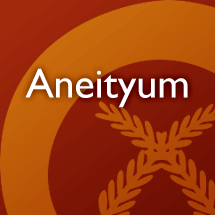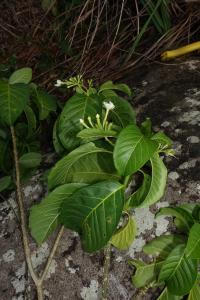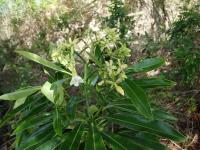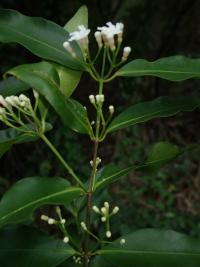Your search for * in family Apocynaceae has returned 21 entries
inmadidi
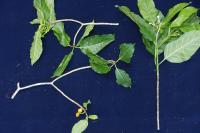
inmadidi
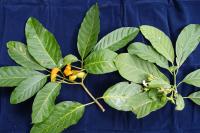
n. tree to 5 m, dbh 8 cm (collection: Michael J. Balick #4855)
Example: To treat a flu that has resulted in a thick, runny nose, collect sap of this tree, drink 2-3 drops directly (not in water). This is for treating the type of flu that provokes yellow mucus coming out of the nose. Drinking the sap breaks up the stuffy nose. Use once, it tastes very sour. In 3-4 days the mucus will be expelled. Do not use too much! If a person has a new cut, and the bleeding will not stop, place the sap on the cut and the bleeding will stop. If you have a burn that is bleeding, applying the sap will stop the blood and oozing sore. If a person has a sore on their body, cover it with a layer of the sap from this plant. This will ensure that the sore will not get larger from infection, flies, etc. but stay its original size. This plant is also used for unspecified spiritual practices. To determine if a fish you have caught is poisonous, e.g. with ciguatera, take an 8’ piece of small branch from this tree, peel the bark and put it inside the fish before you cook it on the earth oven. If the stick turns black, then you know that the fish is not good to eat--it has a poison so should be thrown away.
bookmarkinwouasan
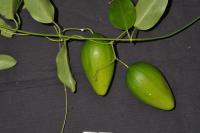
n. liana climbing on Syzygium, growing along ridge in dense rainforest. Latex white (collection: Gregory M. Plunkett #4079)
bookmarkkaliteg
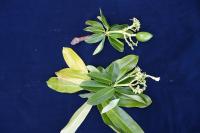
muri muri
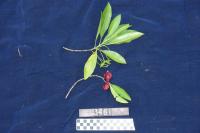
muri muri
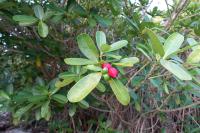
murimuri
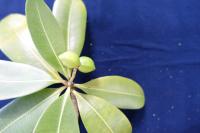
napalhat
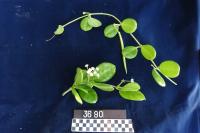
n. vine, growing on rocks at end of strand near coastal forest. (collection: Gregory M. Plunkett #3690)
Example: As a medicine to treat toothache, the latex from this vine is put into the tooth as soon as the person feels pain. Use 3x daily until the pain has subsided. The flower is used as a decoration behind the ear. When there are rough seas because someone has trespassed in a tabu area you can take 12 leaves from the napalhat and put them in a pond for about 1 week until they start to stink. Then use we leaves from the naojapdak and drown those leaves in either a fresh water pond or salty water. (No further information given). Can also take an armful of napalhat and place on top of a stone in the tabu area with a smaller stone on top of the napaphat. The stone must be a large permanent stone. Has also heard people say it can be used for toothache if you put the leaf on the tooth.
bookmarknepelvan wou
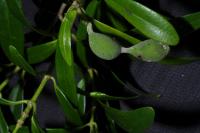
n. liana, growing along ridge in dense rainforest. Latex white (collection: Gregory M. Plunkett #4074)
Example: 1. The outer stem is used to make an ornament call "Intyecrec". When one returns from the bush, you make this to indicate your trip to the bush. Other plants are at times including in the dressing. Each have their own significance.
bookmarknepelvanwou
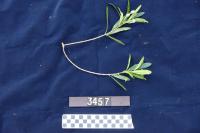
n. liana, on Polyscias cissodendron (collection: Gregory M. Plunkett #3457)
Example: 1. Macerate the young stems, remove the outer "skin" to release the odor of the stem and weave into a head garland for decoration. 2. People use it as a headdress. This is a male plant, ancestors used both male and female wrapped together for the headdress. Man would put this on head to attract a woman that he liked. Be careful when you are passing other women who will be attracted to the wearer – so the person can’t speak to them so he can focus on the one he is attracted to.
bookmarknetcetas
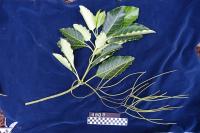
netcetas
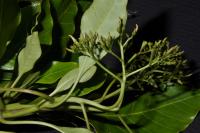
n. well branched tree, 15 m tall (collection: Gregory M. Plunkett #4084)
Example: 1. The name means "explosion". Further information about the plant withheld.
bookmarknetcetec
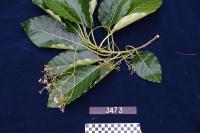
n. trees, 3-4 m tall (collection: Gregory M. Plunkett #3473)
Example: 1. This species is excellent for firewood as it gives off less smoke than other types of wood. 2. The wood is good for making roof rafters on which to tie thatch. 3. Use this for planting pole, for taro, cane, and kava.
bookmarknimit
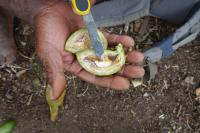
n. sparsely branched tree, 12 m tall (collection: Gregory M. Plunkett #3208)
Example: The flying fox eats the fruit of this tree. When the fruits are ripe, the seeds are edible and children cut off the outside of the fruit and eat the nut. Wrap fish with this leaf and cook it on top of a fire--it tastes good. House posts are made from the trunk of the tree. It grows in the coastal area.
bookmarknuae
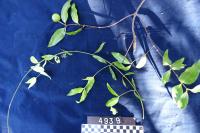
nuei
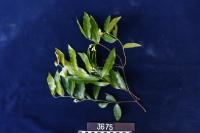
n. vine, growing up trees in primary forest at edge of river. flower white. (collection: Gregory M. Plunkett #3675)
Example: This vine is collected, rolled in a figure 8 and put on a fire to soften it and used to tie posts. It is tied when warm, because when it cools it is very strong, "like wire." It does not burn on the fire, only become soft. It is said to be excellent for the construction of cyclone houses, it shrinks after heating to make a very strong rope.
bookmarknuei
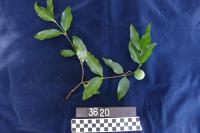
n. vine climbing into the canopy on Sarcomelicope, growing in primary rainforest. Fruits green. (collection: Gregory M. Plunkett #3620)
Example: This plant is used for local rope. Coil it in a figure 8, heat on a fire, when it is soft, use it for tying poles on a house. It is very strong when cool and dry.
bookmarknuei
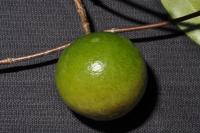
n. vine climbing up a dead tree, growing in dense rainforest. Fruits green. (collection: Gregory M. Plunkett #4056)
Example: 1. The stems are used as a traditional rope to fasten house posts. First a length of stem is coiled in a figure-eight pattern. It is then heated to render it pliable. Once heated, for several minutes, it is immediately used to fasten the posts. When cool, it is set and inflexible. Such a fastener can last 20 years.
bookmark